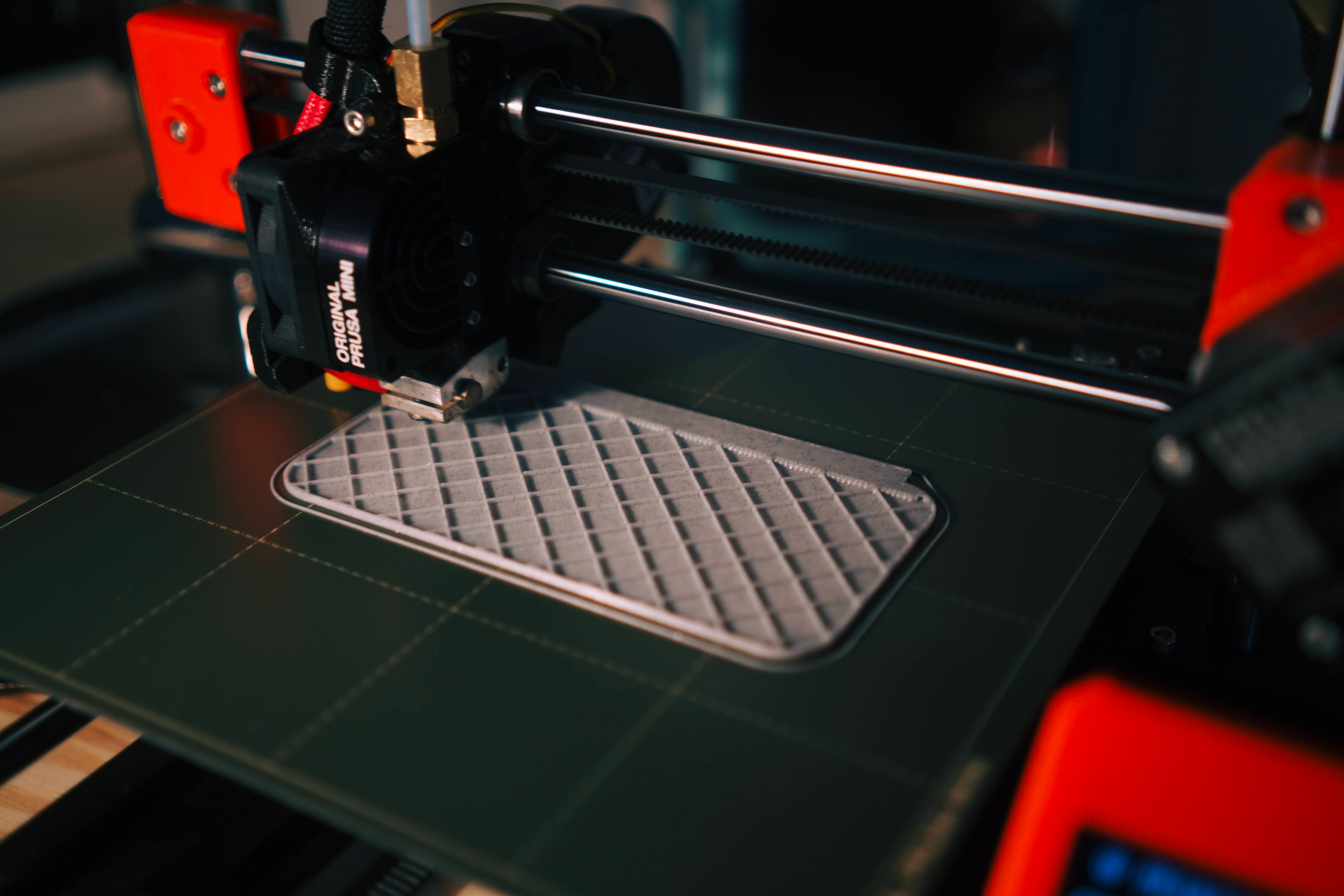Recyclable ‘veggie’ battery could power future devices
22. 3. 2021 | University of Glasgow | www.gla.ac.uk
A new type of 3D-printed battery made by a team of engineers led from the University of Glasgow uses electrodes made from vegetable starch and carbon nanotubes could provide mobile devices with a more environmentally-friendly, higher-capacity source of power.
The Glasgow-led team’s battery aims to strike a better balance between the size and the surface area of electrodes by introducing tiny nanoscale and microscale holes, or pores, into their design. By riddling the surface and interior of the electrodes with pores, they can greatly increase the surface area compared to a solid electrode of the same external dimensions.

To do so, they used an additive manufacturing technique, also known as 3D printing. They loaded their 3D printer with a material they developed which combines polylactic acid, lithium-iron phosphate and carbon nanotubes. The team’s 300-micron electrode battery with 70% porosity performed the best during testing, with a specific capacity of 151 milliampere-hour per gram, or mAh/g – the standard measurement of how much charge a battery can hold. That is around two to three times the performance of a traditional lithium-ion battery with a solid electrode of the same thickness.
Read more at University of Glasgow
Image Credit: Unsplash
-jk-




